Common Kestrel
Scientific Name: Falco tinnunculusMaltese Name: Spanjulett
Family: Falcons (Falconiformes)
Occurence: Common
Breeds in Malta: Yes, Very Rare & Localised
Overview:
The Common Kestrel is widespread and common across European countries. A bird of farm land and open areas, it is mostly known for the way it hovers on end in search of prey. Often seen hunting near roads. It is a medium sized falcon with long wings and tail. Male differs from female. Male has grey head, bleu grey tail with spotted back while female has a brown head. When see in flight, it has pale under wing but with many spots unlike the Lesser Kestrel which can be easily confused with especially during migration when both species occur. Bird also has dark mustached stripe. It can spend minutes on end hovering unlike the Lesser Kestrel. Caution should be taken when trying to identify the Common Kestrel from Lesser Kestrels. When it comes to the males it should not be difficult; Male Kestrels have spotted black while Lesser Kestrel have plain and unspotted back, but when it comes to the females, can be confusing if not seen up close. Another point is that Common Kestrels normally are solitary or seen in small flocks (maximum of 10 birds). If one sees a flock of Kestrel sp. Of more than 10 birds it is very likely to be Lesser Kestrels whom often migrate in large flocks. Common Kestrels have black claws while the Lesser Kestrel's are pale. Preys on small mammals especially rats. Often perches on tree tops, telephone wires and rocks. Resident bird across central Europe. Northern birds spend winter in Mediterranean while some even go as far south as Africa.
Status:
Common and regular migrant, over winters in small numbers. Rare breeder. Used to be a regular breeder in the past but eventually became a very rare breeding bird. It was found breeding in 1945 by Gibb and then it bred again in 1995, when a pair bred on Comino. Then the next breeding record is in 2009 when a nest with young was found in a valley in Gozo. In the same year a pair bred near Gharb in Gozo. In the following year, they bred again in the same valley and another pair bred at Ta' Cenc cliffs. If it wasn't for the illegal killing, Kestrels would become a regular breeder. In fact the species is very adaptable to human presence and often breeds near human settlements and in manmade nest boxes, holes, church domes and in valley crevices.
When to See:
Autumn in September till November while Spring March till May. A few overwinter and some are present in summer and possibly breed. Can be seen all year round.
Where to See:
A bird of open spaces and farmland, can be seen anywhere, even nearby roads and urban areas. Best sites are Buskett, Foresta 2000, Comino, Luqa International Airport, valleys and garrigue areas.
Photographs:
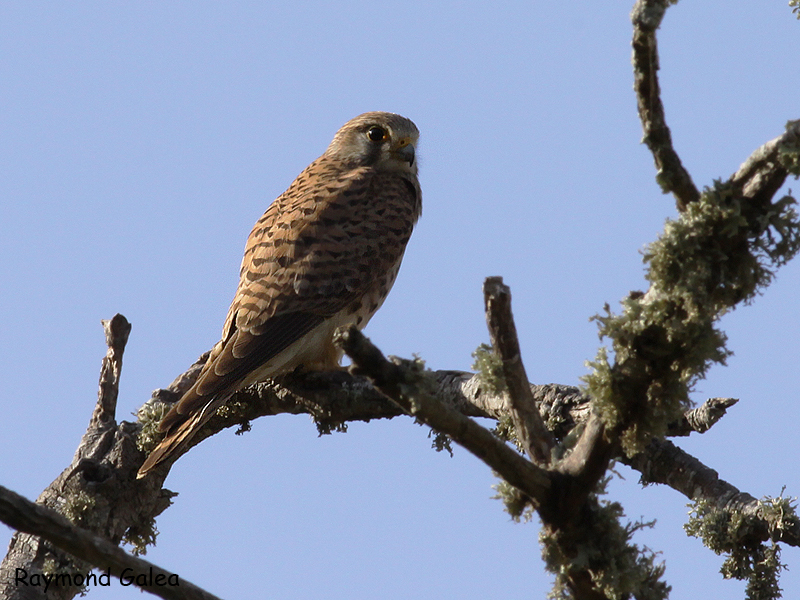 |
Adult Female Kestrel, Buskett |
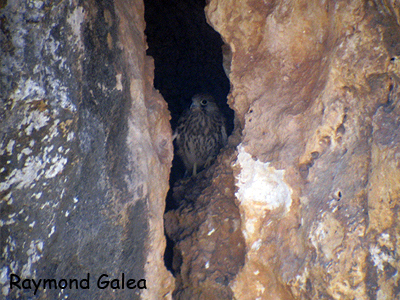 |
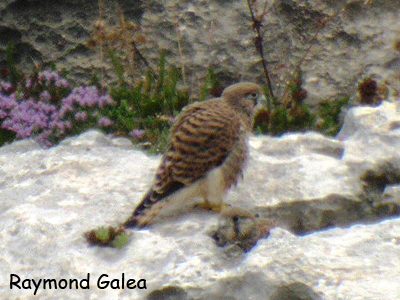 |
| Young Kestrel in Nest, 3rd June 2009, Gozo | Young Kestrels, 7th June 2009, Gozo |
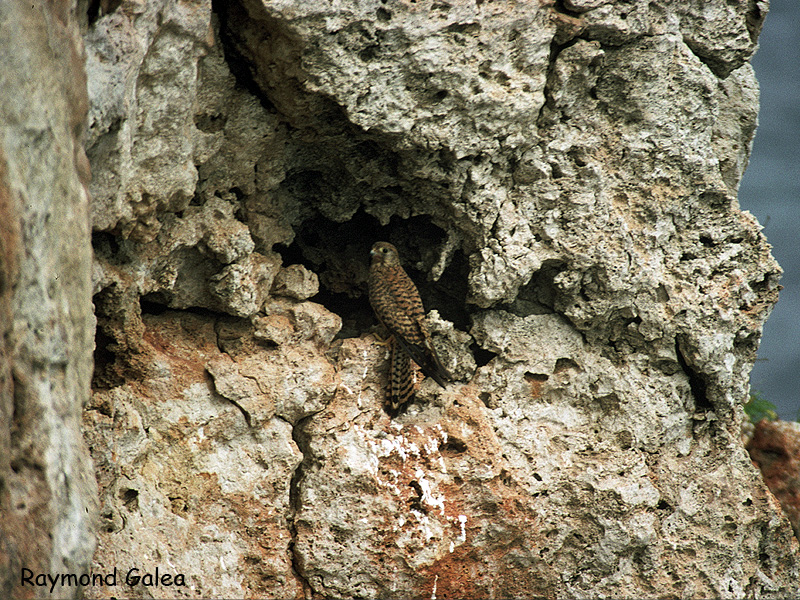 |
Female Kestrel at Nest, 31st May 1995, Comino |
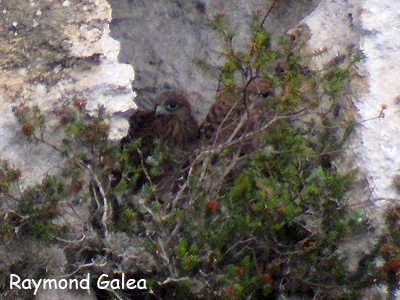 |
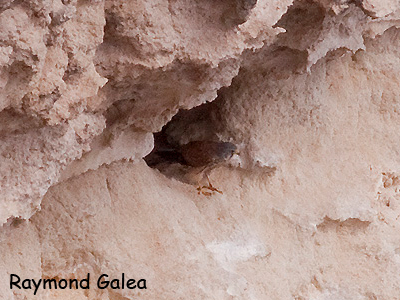 |
| Young Kestrels at Nest, 30th May 2010, Gozo | Male Kestrel at Nest, 30th May 2010, Ta' Cenc |
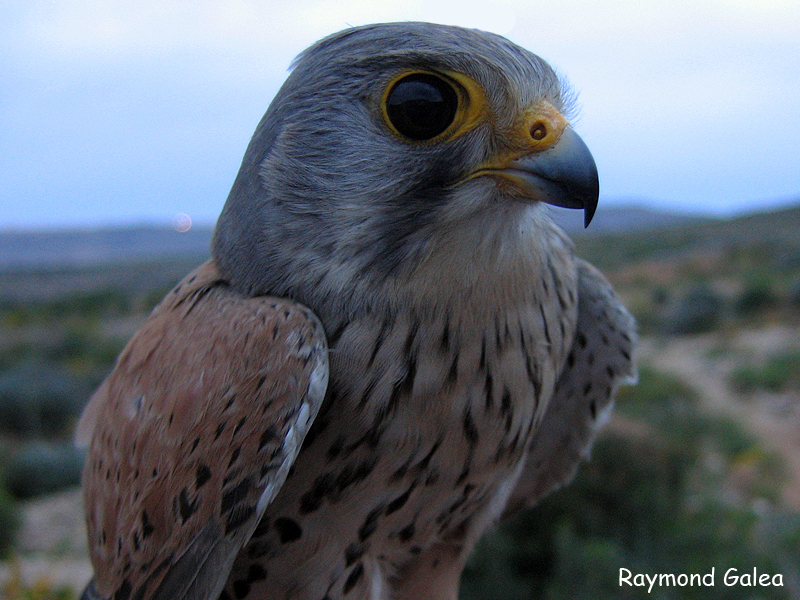 |
Adult Male Kestrel, Comino |
Back to Bird Species List